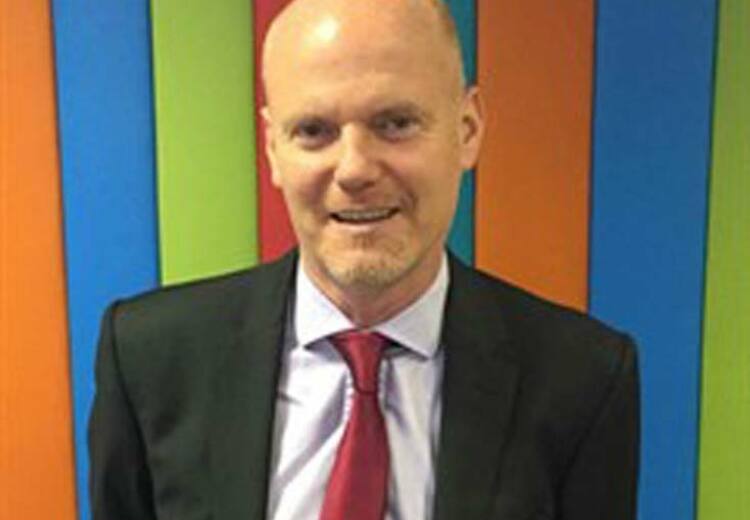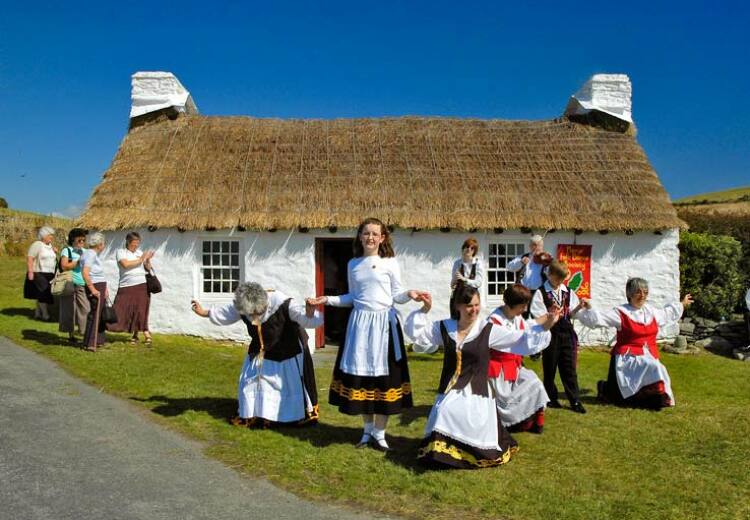IT appears that there are more children in the poverty trap in the Isle of Man than is widely believed, following the release of statistics yesterday in response to a Tynwald question.
However, it has become clear from the response that a modern day definition of the word “poverty” is required to give a clearer understanding of its precise meaning.
Although there are no official government statistics which classify “poverty and relative poverty”, a set of figures from the Department of Social Care shows that there are large numbers of families who are clearly struggling to make ends meet.
Statistics show that one in nine children in primary schools receive free school meals (701 out of 6580 pupils) and that one in seven secondary school children receive school meals (1003 out of 6585 pupils).
Minister Chris Robertshaw’s reply said that income support is paid to 1,050 families and 1,550 children are living in homes claiming Family Income Supplement (FIS).
Such benefits are paid in circumstances where income is considered to be below acceptable levels for families, and are often paid to single mothers who have little or no support from ex partners / husbands.
The circumstances in such cases might not necessarily be described as “poverty”. The 21st century definition of the word “poverty” is perhaps an issue to be clarified in the future, and clearly has different interpretation in different countries.
At the extreme end of the scale, the figures released yesterday show that the Isle of Man has 300 children classed as a “child in need.” Another 73 children are subject to child protection plans, with 28 of those through neglect and 24 through emotional abuse. Around half of these children are under five years old.
A total of 127 children are officially described as “looked after”.
The figures were released in response to a questions from Onchan MHK Zac Hall.








